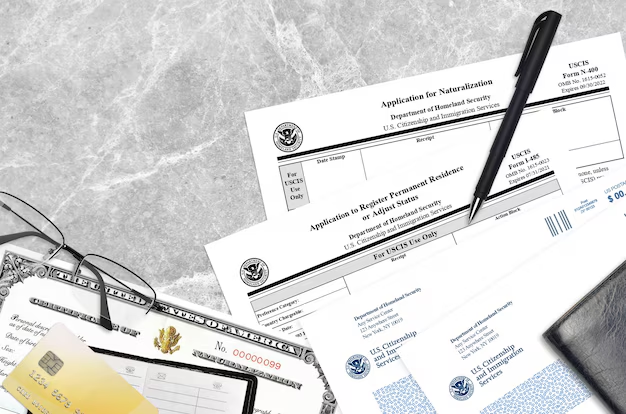Need to Send a W-4V to Social Security? Here's How You Can Do It
Navigating the financial paperwork that accompanies retirement or disability benefits can be daunting, especially when it comes to making sure your withholding tax is correct. The W-4V form, known as the Voluntary Withholding Request, allows beneficiaries to request federal income tax withholding from their Social Security benefits. If you're not sure how to send this crucial document to ensure your payments meet your financial planning needs, follow these steps.
Filling Out Your W-4V Form
Before sending, it’s essential to properly complete the form:
- Personal Information: Include your full legal name, address, and Social Security Number (SSN).
- State Your Withholding: You can opt to have a certain percentage of your benefit check withheld for taxes: 7%, 10%, 12%, or 22%. Select one of these options according to your financial situation.
- Signature and Date: No form is complete without your signature and the date.
Sending Your W-4V to Social Security
After filling out your form, follow these steps to ensure it's received and processed:
Mailing: The most straightforward way is mailing the form directly to your local Social Security office. Address the envelope to "Social Security Administration" followed by the specific office's address.
In-Person Delivery: If you prefer or require assistance, visiting a local Social Security office can expedite the process. Make sure to bring your photo ID for identification.
Faxing: Some regional offices may accept the form via fax. It's advisable to call ahead and verify the availability of this option.
Taking these steps ensures that you're proactive about your tax duties without unwanted surprises during tax season.
Exploring More Financial Tools and Resources
Once you have your W-4V squared away, consider exploring additional avenues to manage your finances better. From government aid programs to debt relief options, numerous resources can provide support:
Government Aid Programs
Supplemental Nutrition Assistance Program (SNAP) 🍏: Assists in purchasing food for anyone with low income.
Low Income Home Energy Assistance Program (LIHEAP) 🔥: Helps with energy bills, ensuring your home stays warm in winter and cool in summer.
Supplemental Security Income (SSI) 💰: Offers extra cash for aged, blind, or disabled people with little or no income.
Debt Relief and Credit Solutions
Debt Management Plans (DMPs) 💳: Work with credit counselors to negotiate lower interest rates and create manageable payments.
Credit Counseling Services 📈: Professionals help you develop a personalized budget and credit strategies.
Educational Opportunities
Pell Grants 🎓: For students with financial need, assisting with tuition and related expenses.
Federal Work-Study Programs 🏫: Provide part-time jobs for students with financial needs, allowing them to earn money for education.
Incorporating such programs and solutions into your financial strategy can alleviate stress and empower you to make informed decisions about your financial future. Whether you're adjusting your withholding or seeking extra assistance, the resources are vast and waiting to be tapped into. Remember to revisit your plan periodically to adapt to any changes in your financial landscape.

Related Topics
- a Social Security Card
- Are People On Social Security Getting $250
- Are Social Security Benefits Taxable
- Are Social Security Benefits Taxable Income
- Are Social Security Benefits Taxed
- Are Social Security Checks Late This Month
- Are Social Security Disability Benefits Taxable
- Are Social Security Earnings Taxable
- Are Social Security Numbers Recycled
- Are Social Security Numbers Reused